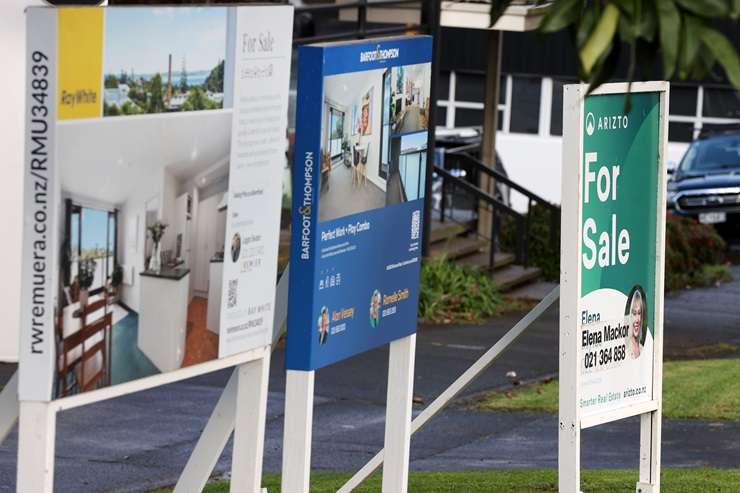1. Surprise! LVRs to loosen
The Reserve Bank sent out a surprise email last week, announcing its intention to loosen the LVR (loan-to-value ratio) rules from December 1. Twenty-five percent of lending to owner-occupiers (up from 20%) will be allowed at less than 20% deposit, with 10% of lending to investors (up from 5%) able to be done at less than 30% deposit.
However, this seems unlikely to produce a fresh surge in the housing market. After all, first home buyers are already strong, even though only around 12-13% of overall owner-occupier lending is currently being done with less than a 20% deposit. I’m not sure it means too much for that group, because even the current, lower speed limits aren’t really binding.
To be fair, low deposit finance is currently very hard to come by for investors at the moment, so the looser speed limit may be more noteworthy for them. Even so, there are still other credit restraints in place, including debt-to-income ratio caps and banks’ internal serviceability testing, so looser LVRs are unlikely to unleash a fresh surge of investor activity either.
Start your property search
Find your dream home today.
2. Net migration and rents are both still sluggish
Another headwind for investors at present is the weakness of rents, which are currently falling in many of our main centres (based on MBIE’s new bonds lodged data). This partly reflects the pre-existing affordability challenges for tenants, with the level of rents still at a record high in relation to household incomes, as well as a higher supply of available rental listings.
But the drop in net migration and slower demand growth for rental property have been key factors as well. The latest Stats NZ figures showed a net migration inflow of just 10,600 in the year to August, versus a long-term average of 31,500.
3. Construction costs are still pretty flat
The latest Cordell Construction Cost Index showed a relatively flat result, with house-building costs only up by 0.4% in the three months to September, and by 2% from the same period in 2024. Both those figures were less than half their long-term averages. Of course, that shouldn’t be too surprising, given that the construction industry has been in a slowdown phase for about three years now, with some spare capacity restraining labour and materials costs.

Cotality chief economist Kelvin Davidson: “Looser LVRs are unlikely to unleash a fresh surge of investor activity.” Photo / Peter Meecham
However, things should look better for builders in 2026 with interest rates down and the lending rules (LVRs, DTIs) still encouraging people to look at new-builds. In that environment, construction costs may start to rise a little faster, but a repeat of the post-COVID spike in building costs is unlikely.
4. Pushing the 3% upper limit?
The key economic release this week will be Q3 inflation data from Stats NZ on Monday. The Reserve Bank anticipates that the headline rate may well get to 3% (the top of the target range), which is a bit awkward given they’ve been cutting the official cash rate. However, this lift in inflation should prove temporary (given spare capacity across the economy), so look for the next CPI to soften.
5. More bank switching?
On Friday, I’ll be watching September’s mortgage lending data from the Reserve Bank. ‘Refi’, or bank switching, has been a key focus lately, so it’ll be interesting to see if this rise in activity continued last month, as existing borrowers chase a cashback at another lender.
– Kelvin Davidson is chief economist at property insights firm Cotality

